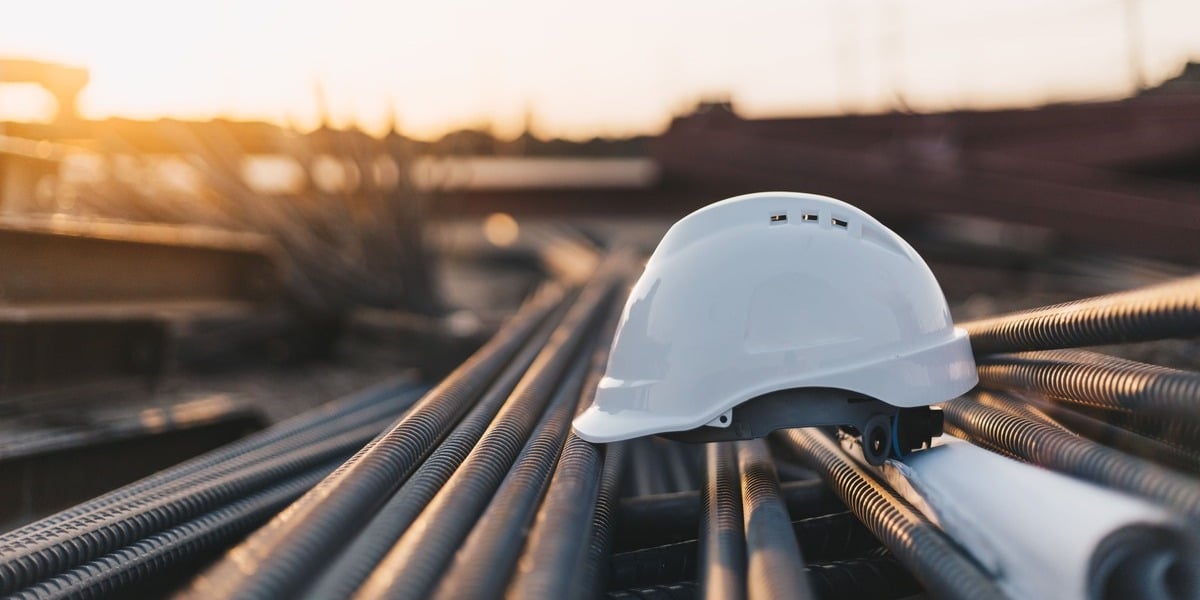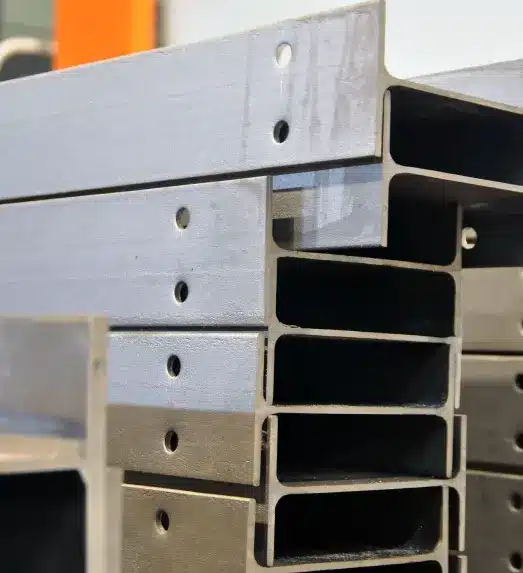In the ever-evolving world of construction, where strength, durability, and longevity are non-negotiable, reinforcing bar, commonly known as rebar, stands as a silent but indispensable hero.
This proposed article aims to unravel the multitude of benefits associated with using rebar in construction and delve into its diverse applications in various construction projects.
As we navigate through the structural landscape, we will explore how rebar plays a pivotal role in enhancing the integrity of structures, resisting corrosion, contributing to cost-efficiency, and fostering sustainable construction practices.
Benefits of Using Rebar
- Enhancing Structural Integrity
Rebar’s primary role is to reinforce concrete, transforming it into a robust structural element.
By strategically placing rebar within the concrete matrix, the resulting composite material gains enhanced tensile strength, thus preventing cracks and fractures. This reinforcement ensures that structures can withstand the pressures of time, weather, and load, ultimately providing a foundation of strength and durability.
Now, it is important to highlight that rebar does rust. However, considering rusty rebar as not suitable for reinforcement is a misconception.
As we explain in this post, what is usually believed to be rust is actually called mill-scale, and rebar that is coated in mill-scale and is not genuinely rusted can be used for reinforcement. In fact, mill-scale has even been shown to improve the adhesion between rebar and concrete.
- Corrosion Resistance
The battle against corrosion is a constant challenge in construction, especially in environments exposed to the elements.
Galvanized Coated rebar emerges as a hero in this narrative, forming a protective barrier that shields the steel from corrosive elements.
This not only extends the life of structures but also minimizes maintenance costs over the long term.
- Cost-Efficiency
While the initial investment in rebar may seem substantial, its long-term benefits outweigh the upfront costs.
The structural stability provided by rebar reduces the need for frequent repairs and replacements, translating into significant cost savings over the life of a structure. It is an investment that pays dividends in terms of resilience and longevity.
- Sustainable Construction
Sustainability has become more than a buzzword in the construction industry, and rebar contributes significantly to this prevailing tendency.
By reinforcing structures and extending their lifespan, rebar minimizes the environmental impact associated with frequent demolitions and reconstructions.
It aligns with the principles of sustainable building practices, making it an eco-friendly choice in construction.
Applications in Construction Projects
Bridges and Highways
In the realm of transportation infrastructure, rebar plays a crucial role in the construction of bridges and highways.
The tensile strength it imparts to concrete ensures that these structures can bear the heavy loads and dynamic forces experienced in transportation networks.
Skyscrapers and High-Rise Buildings
The soaring heights of skyscrapers and high-rise buildings demand materials that can withstand immense vertical and lateral loads.
Rebar is intricately woven into the structural framework of these giants, providing the necessary strength to defy gravity and ensure the safety of their occupants.
Residential Construction
From the foundations to the rooftops, rebar is a silent partner in the construction of homes and residential buildings.
It reinforces walls, columns, and slabs, creating structures that stand strong against the test of time.
Wind Farm Construction
In the pursuit of sustainable energy, wind farms are becoming increasingly prevalent.
Rebar is an essential component in the construction of wind turbine foundations, ensuring they can withstand the forces generated by both the wind and the rotating blades.
In short, rebar and concrete work synergistically, thus sharing loads and providing enhanced strength and fatigue properties to the foundations of wind turbines.
As the construction industry evolves, rebar remains a fundamental element, offering a plethora of benefits and finding applications across diverse projects.
This article has shed some light on the advantages of using rebar in construction and showcasing its varied applications that form the backbone of resilient and enduring structures.
Whether you are managing a skyscraper project or constructing a highway, you surely understand that rebar is the unsung hero ensuring that the structures we build today withstand the tests of tomorrow.


